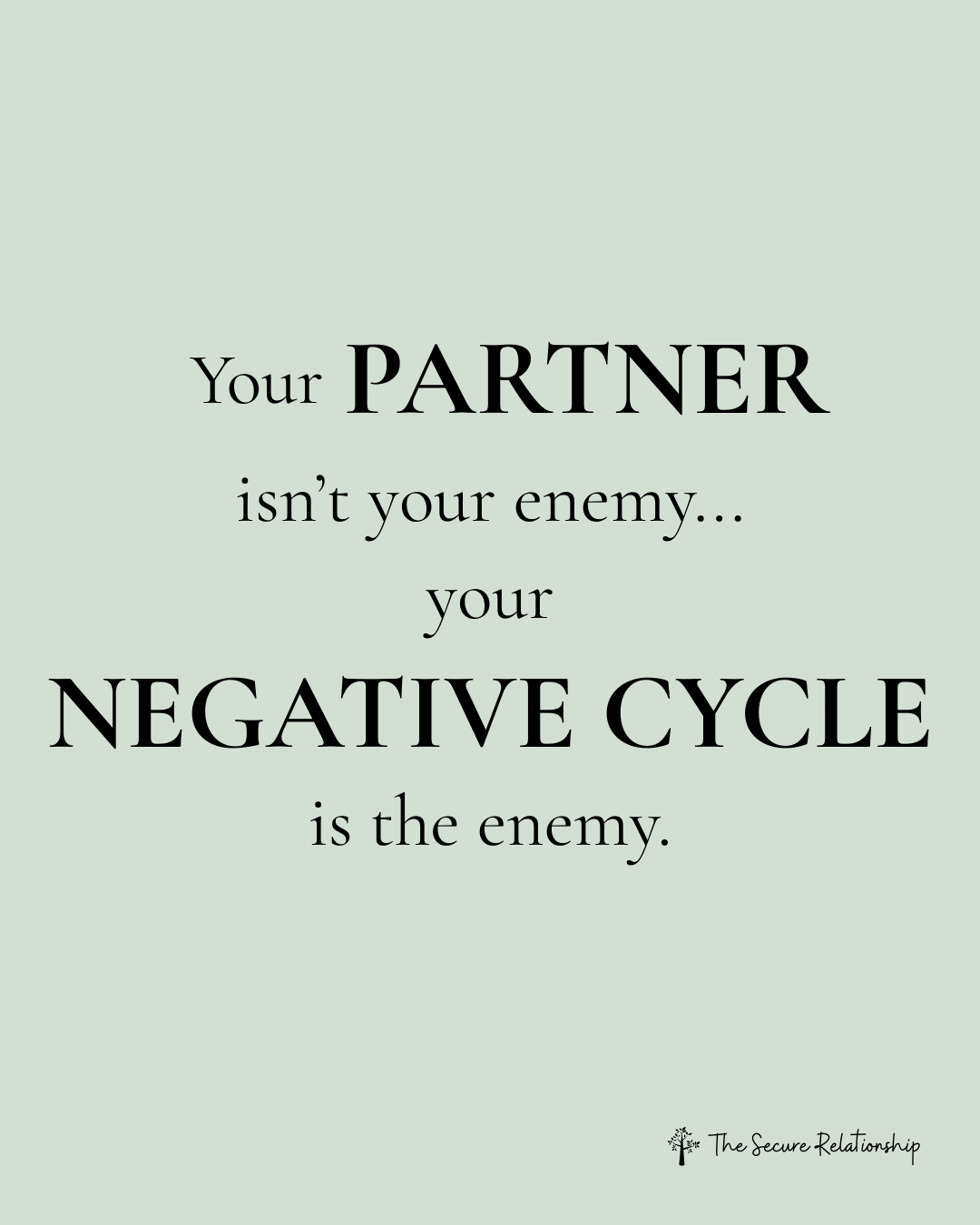How to Be Emotionally Available – Part Four: Emotional Presence
How to Be Emotionally Available – Part Four: Emotional Presence
Being emotionally impacted by another person means you are able to feel and empathize with their emotions without being completely engulfed by them.
I like to think of this as having “one foot in the other’s experience, and one foot in your own.”
You’re joining them emotionally, but you’re still anchored in yourself.
That space is called emotional presence.
It’s neither detachment nor emotional flooding—it’s that grounded middle.
A Common Example of Emotional Presence
People often feel emotionally present when experiencing art. A sad movie might make you feel genuinely sad, but most people can feel that sadness while still maintaining a healthy sense of separation.
You’re impacted, but you’re not overwhelmed. That’s emotional presence.
How to Practice Emotional Presence
Being emotionally present is a skill—and like all skills, it can be learned, practiced, and strengthened.
When Listening to Someone:
Try to get in touch with your own feelings as they speak.
Notice: Am I starting to feel emotionally numb or emotionally overwhelmed?
If so, try using your senses to re-ground yourself:
What do I see?
What do I hear?
What can I touch?
This sensory check-in can help you stay grounded—present, but not drowning.
If Your Emotional Presence is Blocked by Disconnection
Sometimes you might struggle to feel anything at all in response to your partner’s emotions. You might intellectually understand their story but can’t seem to empathize.
Try this:
In your mind, try to name the emotion your partner might be feeling.
Think of a time in your life when you felt something similar.
See if you can relive just a little of that experience to reconnect with those feelings.
Example:
Your partner is upset over a co-worker’s comment. You don’t think it was that bad and can’t relate.
Instead of dismissing it, try recalling a time you felt hurt by something subtle or seemingly small. Let yourself feel the sadness or shame from that time. That helps you empathize and stay emotionally present.
If Your Emotional Presence is Blocked by Overwhelm
Emotional overwhelm often comes from fear. You might be afraid that:
You won’t be able to fix it
Their pain might never end
Their feelings will hurt you or change the relationship
What they’re saying has scary implications for your future
Or… their pain is triggering your own unresolved wounds
When this happens, you’re no longer grounded in the present—you’ve left the moment emotionally.
To get back, try grounding yourself with your senses again.
You can also ask yourself:
“Where are my feet right now?”
“Is this life-threatening—or just emotionally uncomfortable?”
This will help you return to the here and now so you can re-engage.
When Your Partner Doesn’t Express Emotion Clearly
Sometimes your partner may not show emotion directly. Maybe they share a long, detailed story with no emotional language, and your mind drifts.
They’re likely trying to communicate feelings—but don’t know how.
You can help them (and yourself) by tuning in and checking it out:
“I’m guessing you ended up feeling powerless in that moment. Am I right?”
If that doesn’t work, you can name your experience gently and invite connection:
“Your words are so important to me, but I’m having a hard time connecting when I don’t understand how this was emotionally impacting you. Can you help me understand that part of your experience too?”
Related Post:
Support for Breaking the Cycle
Attachment 101 Course – Understand how your attachment style affects your ability to stay emotionally open.
Understanding Shame Course – Explore how shame blocks presence and how to reconnect with your emotional self.
Relationship Coaching – Get personalized support on emotional regulation and attunement in partnership.
Couple and Individual Group – Practice staying emotionally connected—even during difficult moments.
“Emotional presence is joining someone in their pain while still staying anchored in yourself.”


Trying to control your environment—like keeping a spotless house—can sometimes be a way to manage inner anxiety caused by relationship disconnection. But when that strategy backfires, it can create more of the very disconnection you’re trying to avoid. This post explores how personal anxiety shows up in relationships, and how couples can break the cycle.